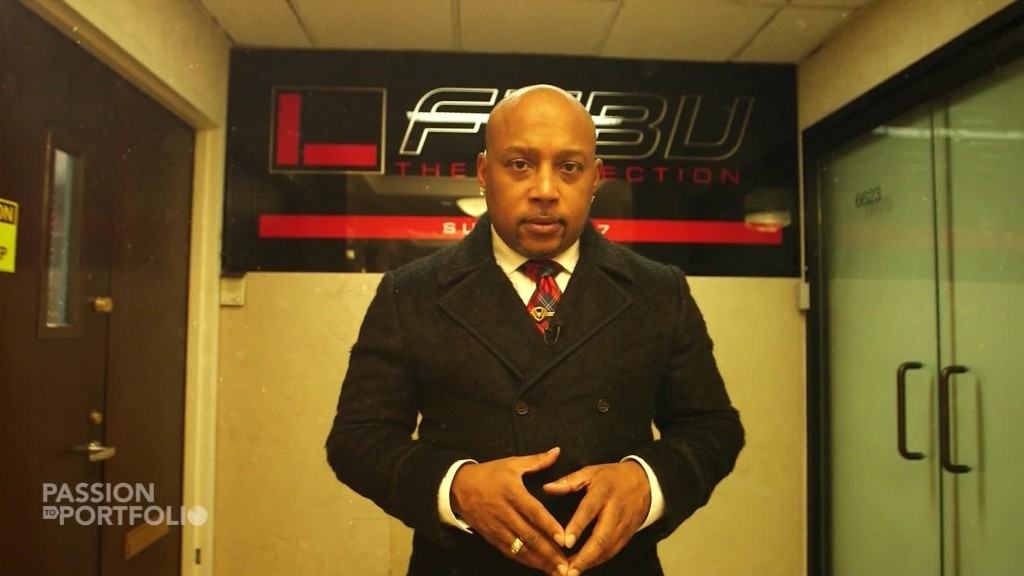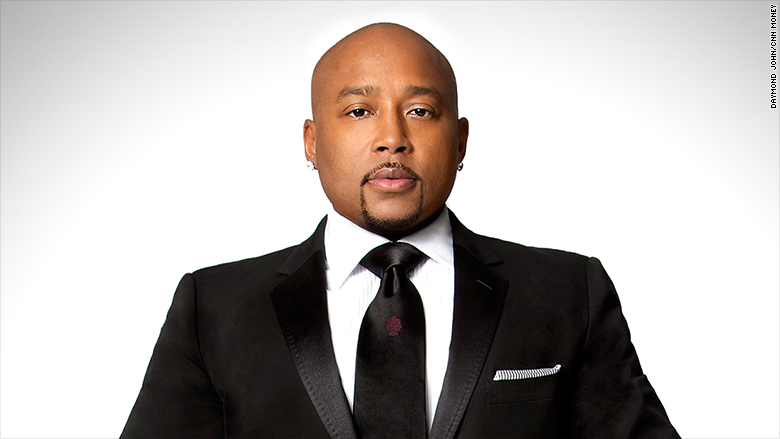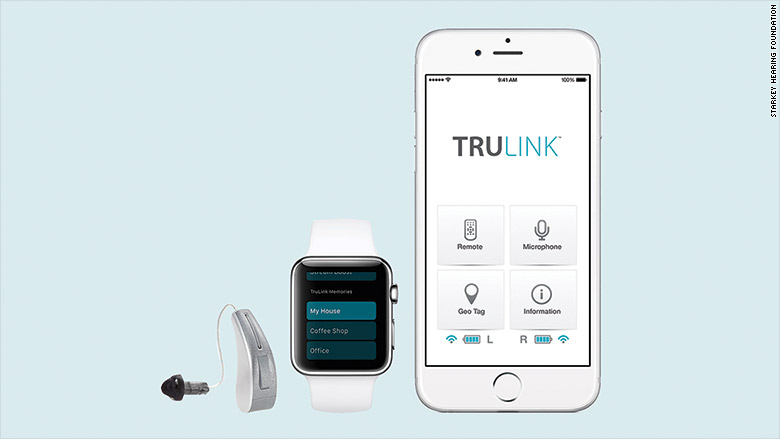
Daymond John is many things: the founder and CEO of fashion brand FUBU, star of the reality TV series Shark Tank, a serial investor and the author of several bestselling books.
But he's also one of 360 million people worldwide with hearing loss. For the first time, John is opening up about his disability and how he's using modern technology -- in the form of smart hearing aids and an iPhone -- to improve his everyday life.
"You think of your grandparents wearing hearing aids -- not me," John, 43, told CNNMoney in a phone interview. "But I'm talking to you through my hearing aids ... and you'd never really know I'm wearing something."
For the past two years, John has been using smart hearing aids called Halo 2 by the Starkey Hearing Technologies, the same organization that has outfitted four U.S. presidents with hearing devices. The hearing aids were designed to work with iOS devices, allowing users like John to stream calls and listen to music and audio directly through the earpieces.
How your iPhone could diagnose Parkinson's

After being invited to an event thrown by Starkey Hearing Foundation several years ago, John realized that what he thought was an occasional hearing issue was actually a much larger problem.
"I'd often think people were mumbling or something wasn't on that loud," he said. "But at the event, they invited everyone to try on a hearing device, and it was like night and day. I was suffering from tinnitus [ringing-ear syndrome] in one ear and something else was going on in the other."
John cites listening to music loudly while growing up as the major cause of his hearing loss: "I'd also been on music tours since I was 14 years old, so I was always too close to the speaker," he said.
John, who has previously spoken out about being dyslexic, said it took him awhile to admit he needed hearing assistance.
"At first, I wasn't sure if I wanted to wear something because some look like a VCR for your ear," he said. "But mine are very cool and advanced."
The iPhone setting that changed this man's life
John's Halo 2 hearing aids, which discreetly tuck into the ear, give better control of the audio levels around him. By tinkering with settings via the corresponding TruLink app, he's able to program the device to learn his preferences.

"When I go to restaurants, the Halo remembers the settings I had on at that specific location, so the next time I'm there it will know to project the sound of the person I'm having a conversation with over the background noise," he said. "I also have preferences set at home and when I'm on an airplane."
The smart hearing aids can also send calendar alerts, messages and social notifications to the earpiece. There's even a find-my-device feature to track down lost hearing aids.
"I left my hearing aids at a hotel in Los Angeles once, and I was able to open the app and see they were still in a bag I had in storage," he said.
The Halo 2 hearing aids cost between $1,500 - $3,000, depending on where you live and who you purchase it from.
Although John isn't an investor in the product -- "I'm just a fan" -- he is joining Starkey at the SoHo Apple Store in New York City on Monday evening to bring more attention to how tech innovation is helping those with disabilities. It will kick off a series of Starkey events at Apple locations in Manhattan and Los Angeles that will provide workshops and other services to those with accessibility needs.
In recent years, Apple has added more mobile software integration and resources for third-party devices that help those with disabilities. In fact, it was the first company to make a touchscreen device accessible to the blind by supporting Braille keyboards and reading websites aloud.

